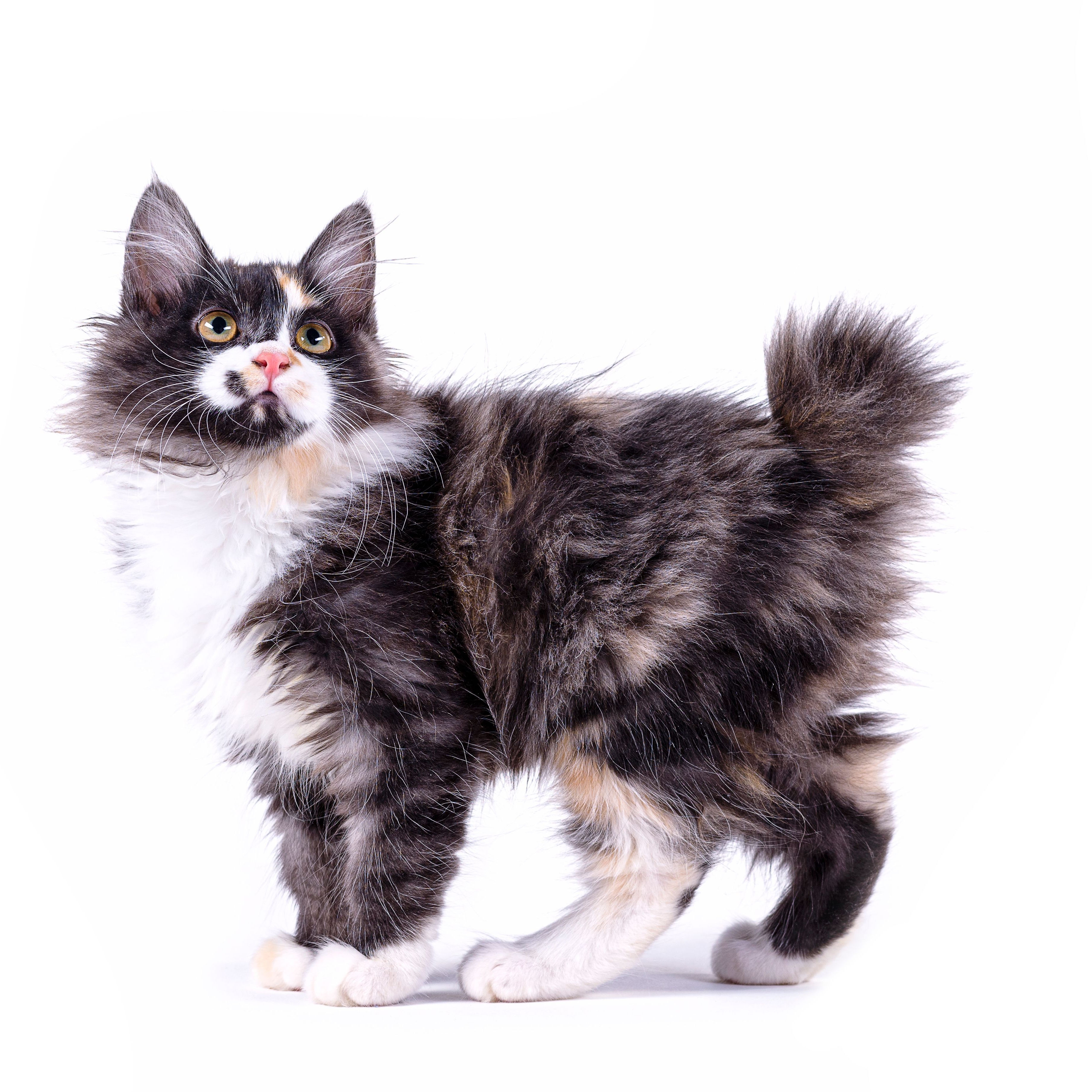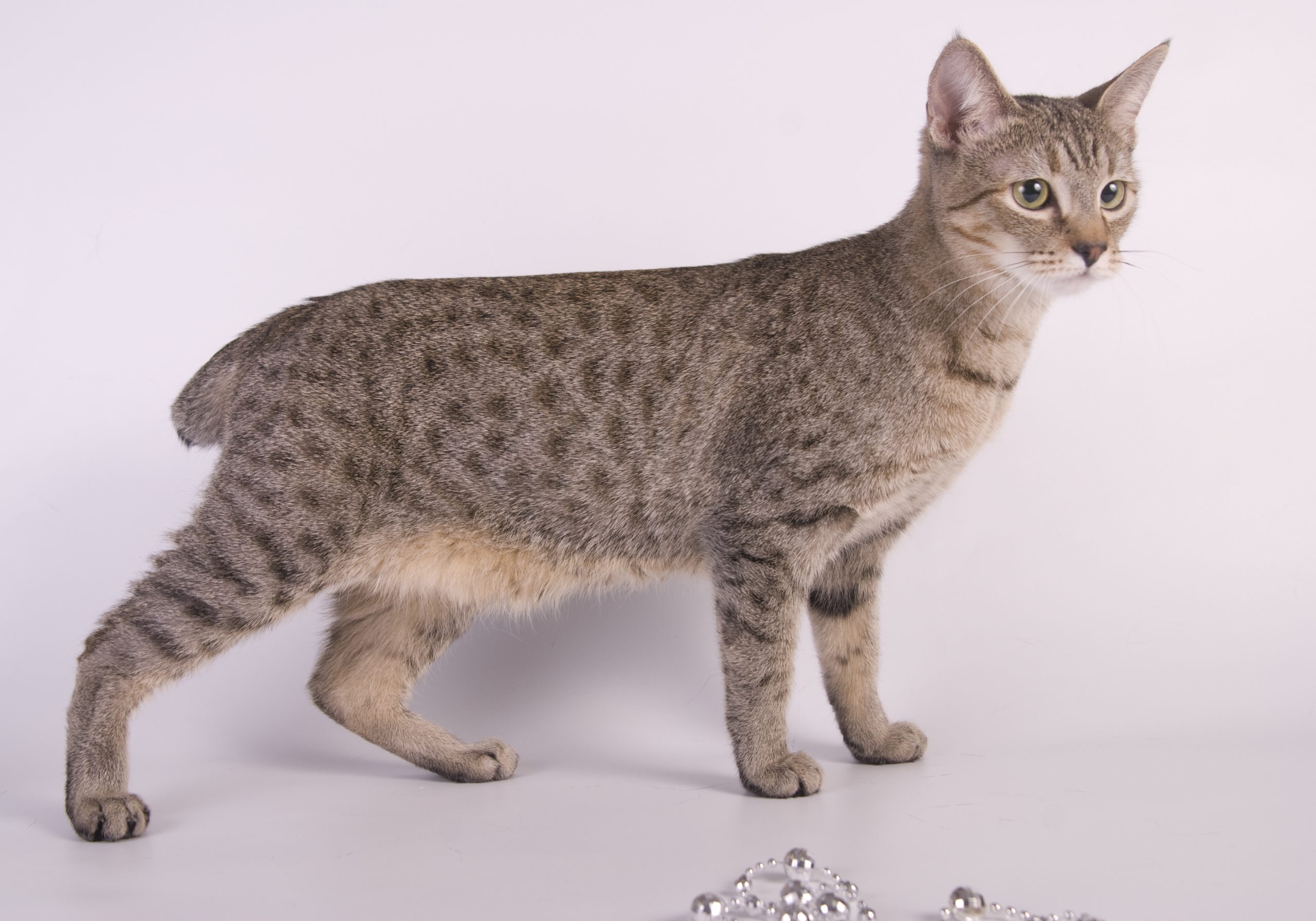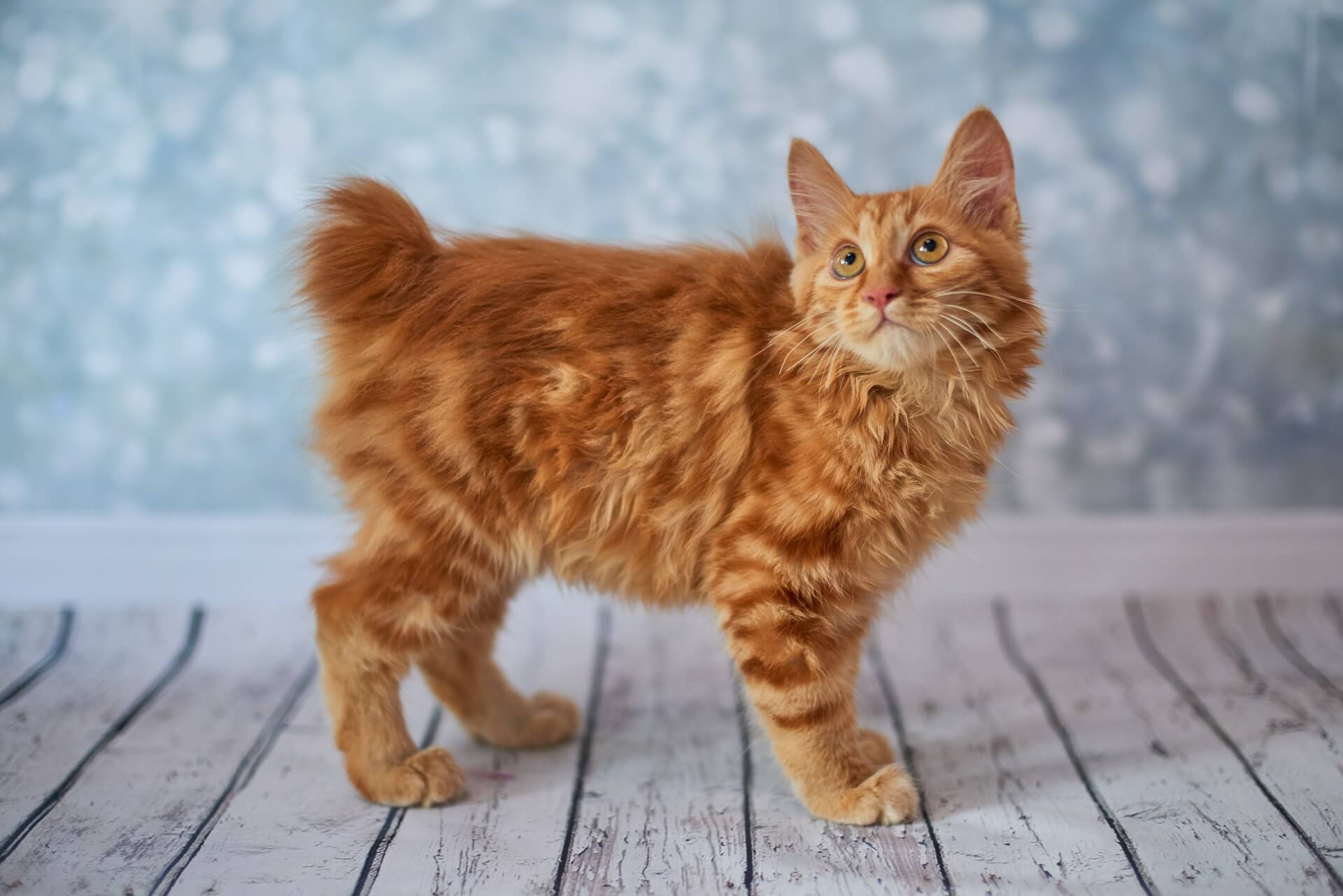Do American Bobtail Cats Make Good Therapy Animals?
Introduction
The companionship of animals has been recognized for its therapeutic benefits, with pets providing comfort, reducing stress, and promoting well-being. Among the diverse array of animals employed for therapeutic purposes, the American Bobtail cat has emerged as a potential candidate. This essay will critically examine the complexities surrounding the use of American Bobtail cats as therapy animals, considering their potential benefits and drawbacks, the ethical implications, and the need for further research.
Therapeutic Benefits: Comfort and Affection
American Bobtail cats exhibit several characteristics that render them suitable as therapy animals. Their affectionate nature, known for their cuddling and purring, provides a calming and comforting presence. The act of petting a cat has been shown to reduce stress hormones and increase levels of the "feel-good" hormone oxytocin. Furthermore, the mere presence of a cat has been found to lower blood pressure and improve mood in both children and adults.
Physical and Cognitive Stimulation
Beyond emotional comfort, American Bobtail cats can also contribute to physical and cognitive stimulation. Their playful nature encourages movement and interaction, which can be beneficial for individuals with reduced mobility or cognitive impairments. The repetitive motion of brushing or grooming a cat has also been found to have a soothing effect, promoting relaxation and reducing anxiety.
Ethical Considerations: Allergies and Hygiene
Despite their therapeutic potential, there are ethical considerations to ponder before employing American Bobtail cats as therapy animals. Allergies pose a significant concern, as approximately 10% of the population is allergic to cats. It is imperative to ensure that potential recipients are not allergic before introducing a cat into a therapeutic setting. Proper hygiene practices, such as regular grooming and litter box maintenance, are also essential to minimize the risk of allergies or health issues.
Training and Temperament: Ensuring Safety
Training and temperament play a crucial role in determining the suitability of American Bobtail cats for therapy work. These cats are generally friendly and playful, but thorough training is necessary to ensure they are well-behaved, obedient, and non-aggressive in all situations. Proper socialization from a young age is vital to ensure they are comfortable interacting with strangers and different environments.
Legal and Regulatory Frameworks: Ensuring Compliance
The use of therapy animals in public spaces is subject to legal and regulatory frameworks. In many jurisdictions, specific regulations govern the training, certification, and health standards for therapy animals. It is imperative for organizations and individuals employing American Bobtail cats to comply with these regulations to ensure safety and minimize legal risks.
Need for Further Research: Exploring Long-Term Effects and Special Populations
While anecdotal evidence suggests the benefits of American Bobtail cats as therapy animals, more rigorous research is needed to establish their long-term effectiveness and applicability to different populations. Studies investigating the impact of therapy cats on individuals with specific medical conditions, such as dementia or autism, would be particularly valuable.
Conclusion: A Measured Approach
Based on the available evidence and ethical considerations, American Bobtail cats have the potential to be beneficial therapy animals, providing comfort, affection, and stimulation to those in need. However, careful evaluation and preparation are essential, including allergy screening, proper training, compliance with regulations, and further research. By adopting a measured approach that prioritizes safety and well-being, the therapeutic use of American Bobtail cats can be expanded responsibly and ethically.
Bulldogs And Their Signature Snore: Fun Facts
The Physical Strength Of German Shepherds: Fun Facts
Labrador Retrievers And Their Love For Adventure



